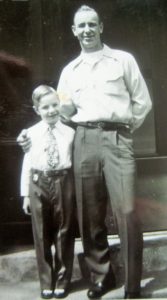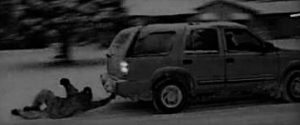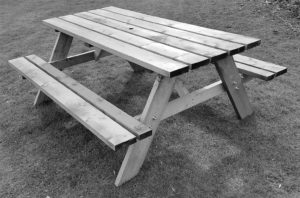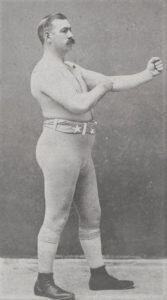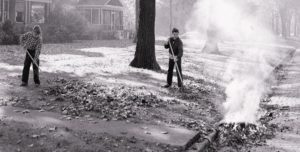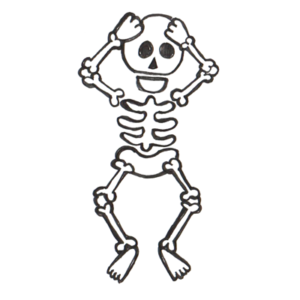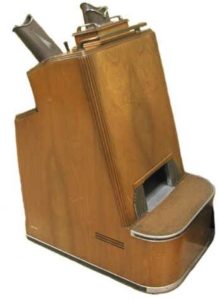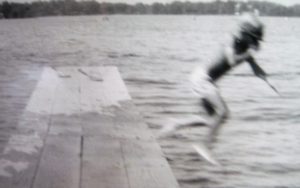Hope in an Alley
As a pre-teen, I walked down many an alley. I guess it was more interesting than walking on a sidewalk on the street. I saw things people threw out and, as I walked down the cinder strewn path, I was able to look into the back yards of some buildings and see swings and bushes and toys left out overnight. I saw open garbage cans filled with junk and rotting food; I saw rats scurrying out of the way, having their lunch disrupted by the scraping of gym shoes on the cinders, making a crunching sound as I walked past. But I also saw scribbling and writing on the backs of buildings and garage doors; sometimes a piece of crude artwork. I saw hearts with initials within and what appeared to be cryptic gang signs at times, marking the area and perhaps warning others they are in sacred territory.
The alley was a place where pre-teen and teens could hang out behind someones garage and smoke a cigarette and carve their initials on a telephone pole. It was a path you could walk and perhaps find something of value (one man’s trash is another man’s treasure). It was a place adults were rarely seen except when backing a car out of the garage.
As time went on, alleys were paved and garbage cleaned up. But they were still alleys and young folks still walked down them to school or store or just to hang out. Some became unsafe and threatening while others began to express a personality of the neighborhood. Shoes were seen dangling from overhead cables and, replacing scribbles and scrawls, carefully executed artwork began to appear. It was called grafitti, but much of it was beyond the typical defacement, and paid homage to people, places and things. The alleys began to express the desires, frustrations and hopes of a generation of young people.
Today, if you walk down the street, you will see murals, financially supported and produced by artists brought in from outside the area. They are mostly corporate murals designed to attract folks and upscale the community. But if you want to see the personality of the hood and hear the voices of the young folks who live there, then you have to walk down an alley.
Unsanctioned artwork, mostly by self-taught graffiti artists, reflecting disillusionment, injustice and inequality, produced by young people expressing their feelings in a society that offers them little hope of change, these artists pay homage to fallen local heroes, iconic role models who have passed away; victims of brutality and oppression, and they share their feelings and concerns with others who live in the hood. They unify their peers and tell their story on the back and side walls of the neighborhood. Yes, you can look but you also have to listen.
If you want to see the soul of a neighborhood, forget about the butterflies and flowers lining the fronts of buildings on a busy street and take a walk, if you dare, down an alley where the artists are not paid and the subject matter does not need approval. But don’t take too long because the work may be whitewashed over, and another attempt at honest communication, thwarted by gentrification, erased by those who do not wish to see or hear what they are destroying.
